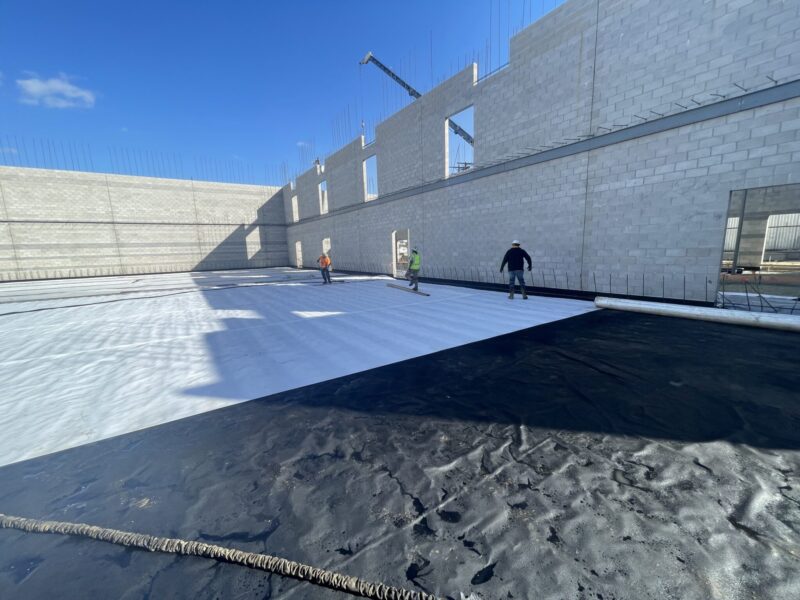Many people are unaware of vapor intrusion, but it is a serious issue that can significantly impact your home. However, various methods can mitigate vapor intrusion with the proper implementation of mitigation systems. Keep on reading to learn more about the topic.
What Does Vapor Intrusion Mean?
Chemical vapors contaminated by soil or sewage waste can migrate to nearby buildings through openings in the building structure. People refer to this phenomenon as vapor intrusion, which occurs when there are cracks or seams in the building. Since concrete is porous, toxic vapors can pass through it, even when there appears to be no visible opening.
How Dangerous Vapor Intrusion Can Be?
Once the vapor intrusion enters the building, people can inhale the vapor, potentially creating immediate or long-term health problems. It is hazardous to anyone nearby, but it is very deadly for minor children, older adults, or people facing breathing issues.
Moreover, under special conditions, there may be a build-up of vapors from other organic compounds, which can create explosive elements.
Vapor Mitigation Technology
Before we further elaborate on mitigation, we need to test for vapor intrusion. Once the testing is complete, other factors come into play in determining which method is used in different situations. Various techniques can help decrease or eliminate toxic vapors. If contamination cannot be removed immediately, there are special methods that can reduce exposure and other health risks.

Vapor mitigation tactics are either passive or active, depending on how these methods work. Passive mitigation tactics prevent vapor from entering the structure, allowing it to be utilized correctly in new building constructions.
Passive mitigation tactics can be transformed into active systems if necessary. Active mitigation tactics are primarily used for existing structures and respond to pressure differences between the slab foundation and the interior of the building.
Installation Process of Vapor Mitigation System
Not only are vapor intrusion mitigation systems a great way to improve indoor air quality, but they are also easy and safe to use. Professionals will install mitigation systems, which are used in many homes and other buildings.
The installation of a mitigation system in homes typically takes one to two days to complete. A significant part of the system will be installed in the basement or other areas; however, PVC piping may need to be installed in specific spaces, such as closets.
In the main living areas, the carpet may need to be pulled back so that the professional can work on the cracks, but the experts will ensure that the safety of the home is prioritized.
Vapor Intrusion Mitigation Elimination
The professionals will monitor the system and the mitigation process until the vapor is completely gone. The experts in charge will conduct periodic system inspections to ensure the system operates properly and efficiently. They will also inspect for new cracks in the system and repair them as needed.
Broken pipes and fans will also be reported right away for replacement services or repairs. Once the entire system is correctly set up, the professional services ensure that you do not turn it off until it is safe to do so.
Takeaway
Now that you understand the importance of vapor intrusion mitigation, it is the right time to contact the experts and learn more today!





More Stories
How Rental Storage Containers Can Help During Moving And Relocation?
What To Expect In A California Crane Operator Training Program?
5 Signs You Should Upgrade Your Commercial Refrigeration System